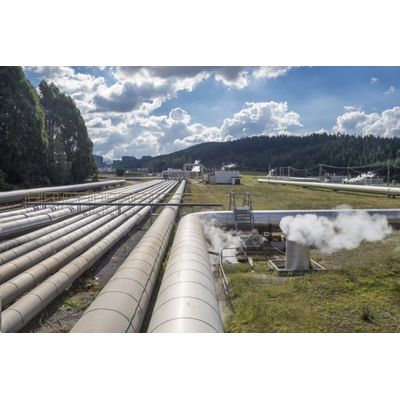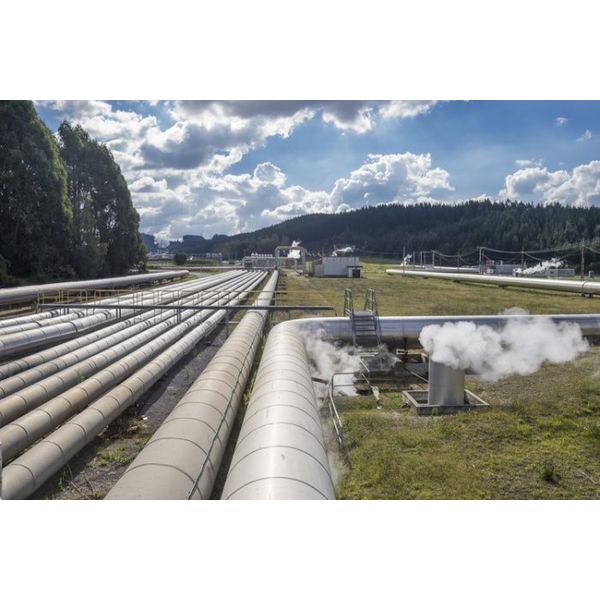


Taking the heat out of Geothermal Production
As the geothermal energy market heats up, techniques pioneered in the Middle Eastern desert could dramatically boost geothermal production rates-helping unlock a potentially vast global resource. Gary MacDonald, Middle East-based Global Business Development Manager with OSSO, a provider of specialist fluid temperature control and separation solutions, assesses how mud cooler techniques could transform the economics of geothermal production.
The geothermal energy market is quickly building up a head of steam and could soon provide a vast sustainable and renewable energy resource. A recent study found that geothermal electricity generation in the US alone could increase by more than 26-fold by 2050 and that the global market could soon hit $50 billion.
Yet drilling geothermal wells is more costly than conventional oil-drilling and it remains a daunting challenge to deliver the required ROI. Companies face the challenge of using downhole tools in geothermal wells that are usually 3-5km deep and reach temperatures of 300 to 400°F. Measurement while drilling tooling, for instance, has a typical maximum operating temperature ranging between 300 to 350°F.
Geothermal drilling was originally based on modified methods from the fossil fuel sector, and insights from the same sector can help take the heat out of this problem. For example, mud cooling techniques adapted from oil and gas wells could dramatically accelerate geothermal production rates, reduce repair costs and round trips, extend productive drilling time and increase pay zone hole sections.

Mud coolers from offshore energy projects that use seawater as the cooling medium were recently adapted for onshore gas extraction in the harsh heat of the Middle Eastern desert. Our technical professionals combined our high-volume mud cooler with a closed-loop chiller system which recycles cooled water through the plate heat exchanger, a central component of the mud cooling system. The success of these techniques demonstrates the possibility of high-volume energy extraction in high-temperature terrains, with clear applications for geothermal energy.
Mud coolers enable downhole tools to operate for longer within their maximum temperature threshold. Round trips can take 30 hours while land rig operations and all support services cost up to $60,000 USD a day. Extending the life cycle of tools in the wellbore would reduce round trips, simultaneously cutting geothermal support service costs and reducing non-productive drilling time. Keeping downhole tools working for longer within their temperature range also reduces refurbishment costs.
Volume is pivotal to making geothermal energy economically viable and this would dramatically increase ROI by creating faster and cheaper drilling campaigns and larger pay zone hole sections.
Mud cooling systems are still in their infancy in geothermal exploration and development, but they could remove one of the key constraints on market growth. The application of techniques from the oil and gas sector demonstrates how lessons learned from the fossil fuel industry could be instrumental in our transition to a viable renewable energy economy.
